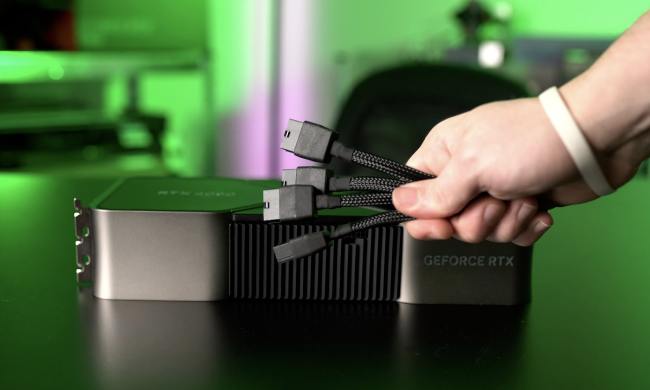A new 360-degree video, however, offers the most realistic experience yet for what it might be like to stand just a few steps from the awesome power of those fiery rocket engines.
The lift-off of the 22-story Delta IV rocket was filmed at California’s Vandenberg Airforce Base from where United Launch Alliance (ULA) launches a variety of missions into space, usually concerning national security, exploration, and commercial ventures.
Viewable on a virtual reality headset, the video, shot earlier this year, lets you explore the scene in all directions as a narrator talks you through the moments before the rocket engines ignite.
“No human being has ever experienced a rocket launch from these vantage points,” the narrator teases prior to lift-off.
With 1.5 million pounds of thrust, the Delta IV lifts off the pad, taking a National Reconnaissance Office payload – likely a spy satellite – into orbit. Not surprisingly, the entire scene starts to shake, so mighty is the power of the engines. The video offers three different views of the launch, each one ending with you being blasted with debris and steam, though fortunately you’ll live to tell the tale.
CO Gov. @hickforco experiencing the #DeltaIV #NROL45 launch on the VR goggles! #32SS pic.twitter.com/xjI1lsiag4
— ULA (@ulalaunch) April 13, 2016
The ULA showed off the video at this week’s space industry symposium in Colorado Springs, and tweeted a photo (above) of Colorado governor John Hickenlooper using a VR headset for the full experience. Click here for instructions on how to view the 360-video on a VR headset.
Of course, you can also watch it on a tablet or smartphone, or even on your PC, using the mouse to drag the picture around to explore the entirety of your surroundings.


